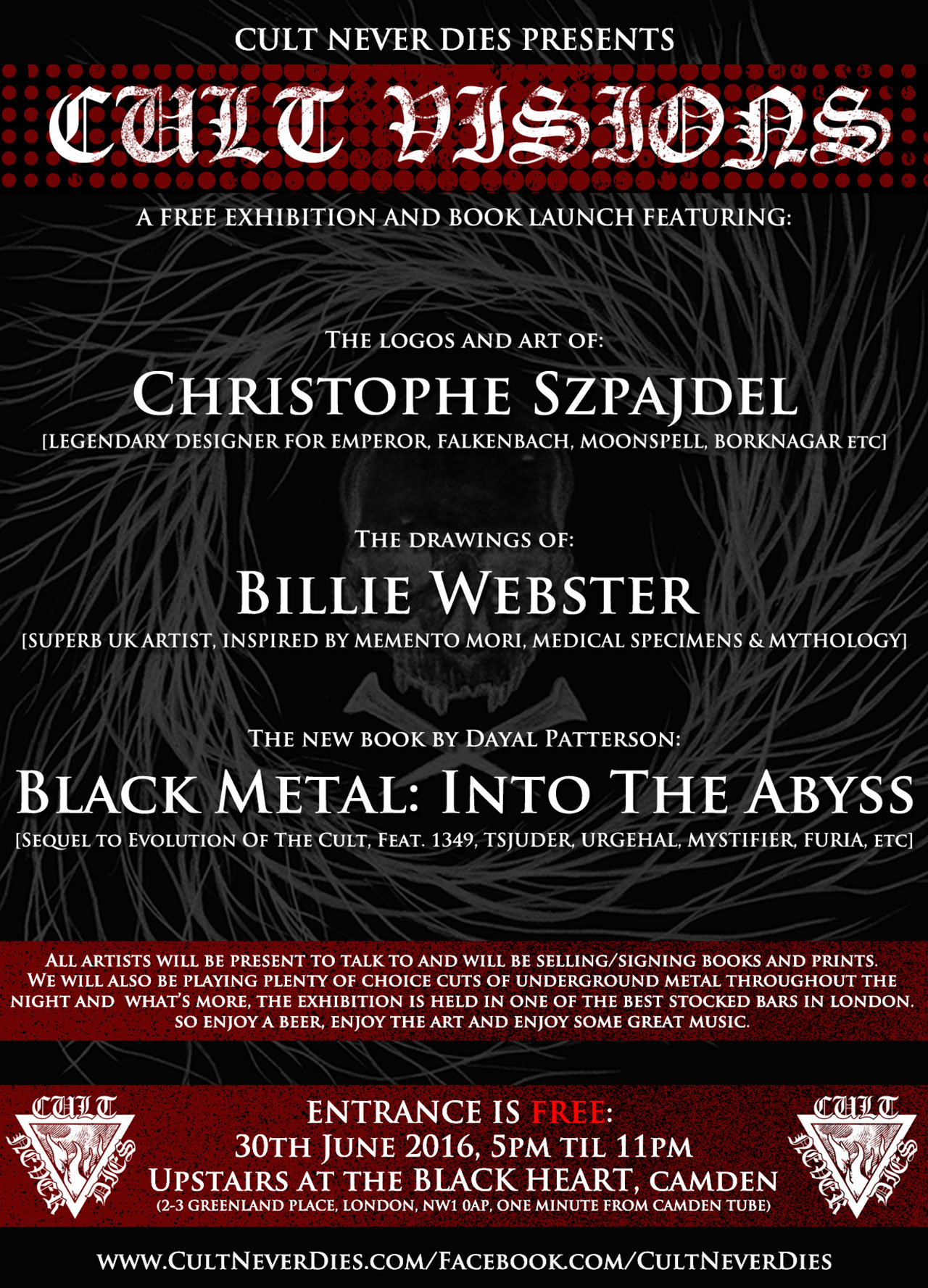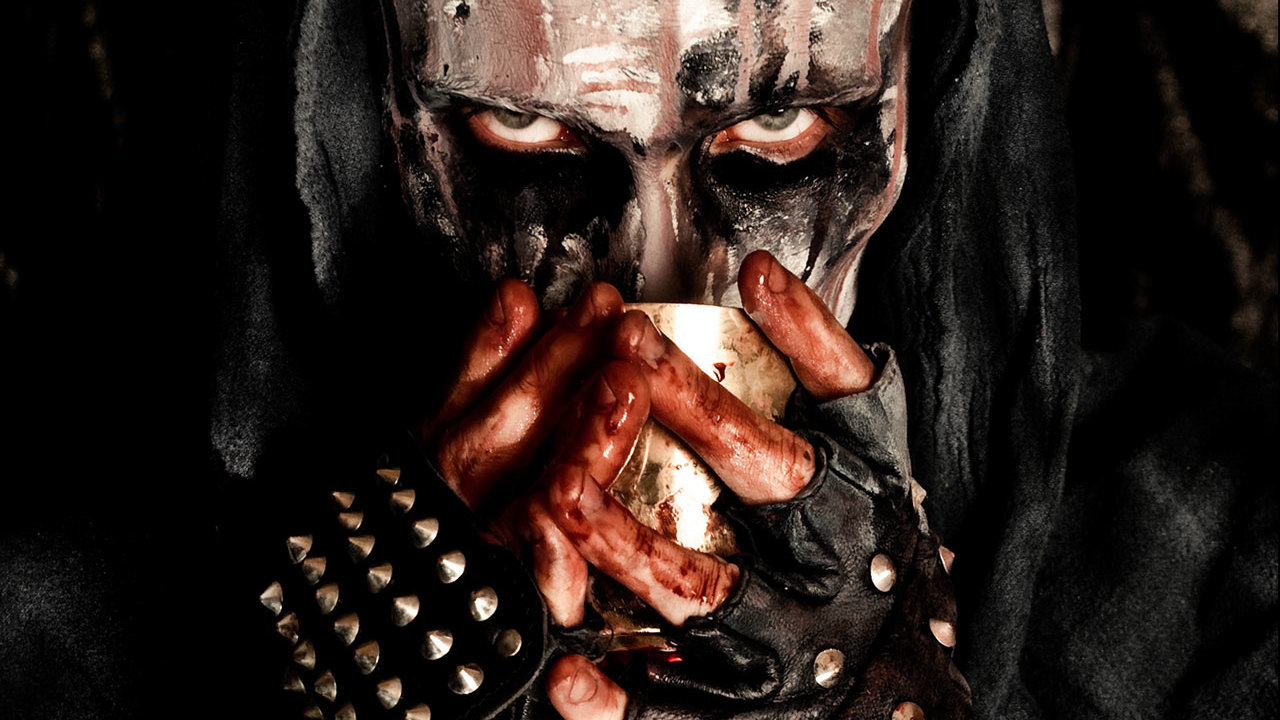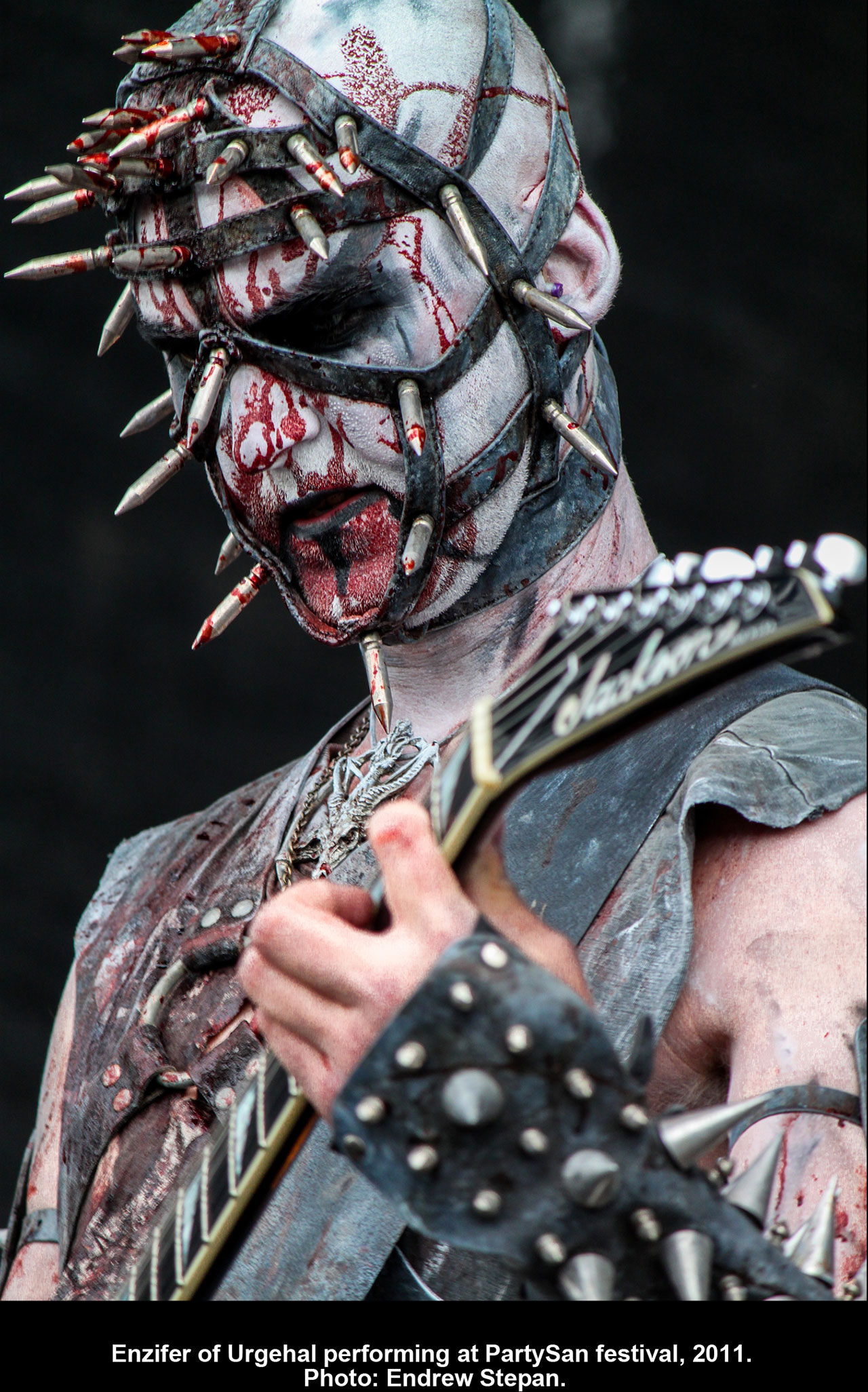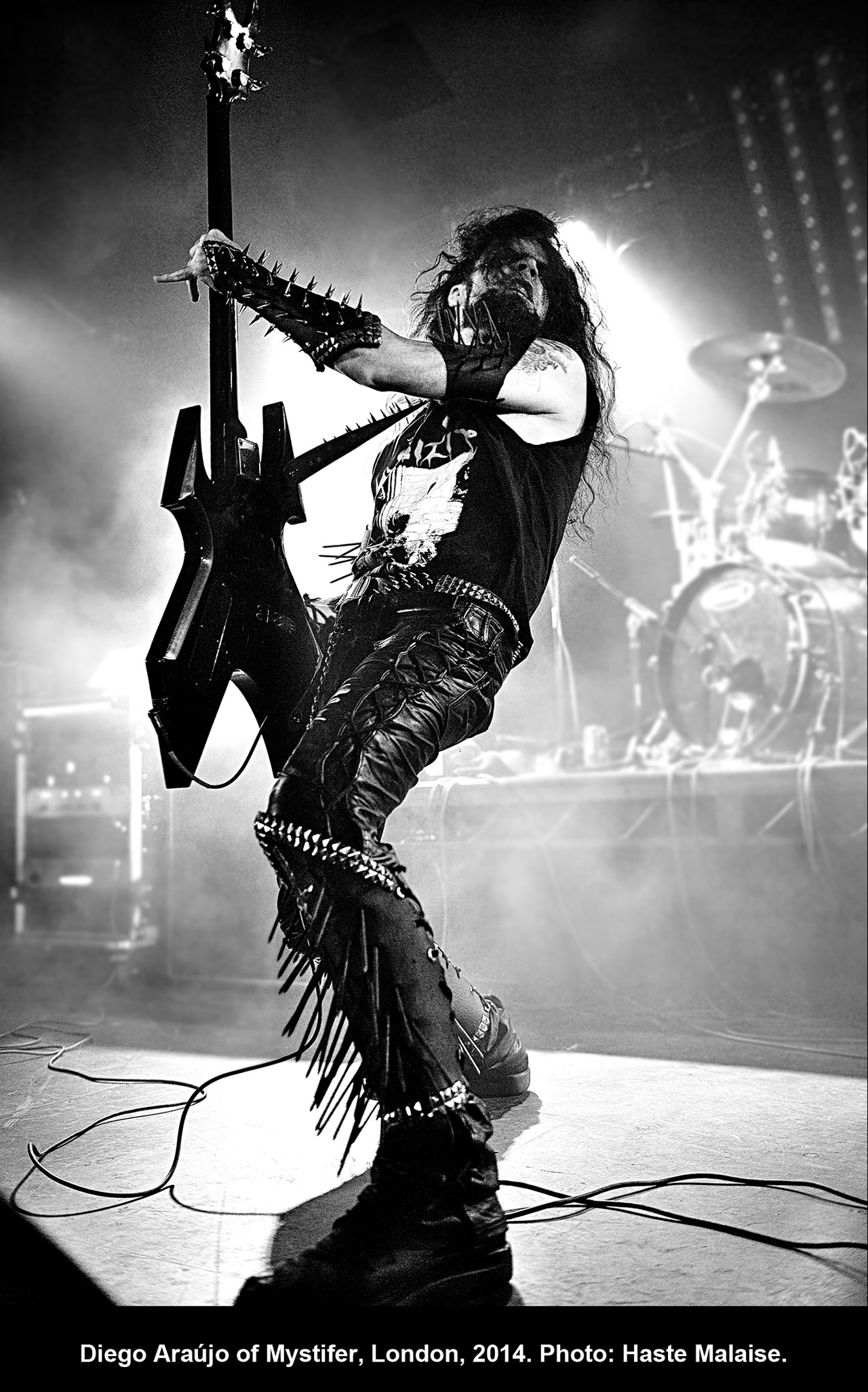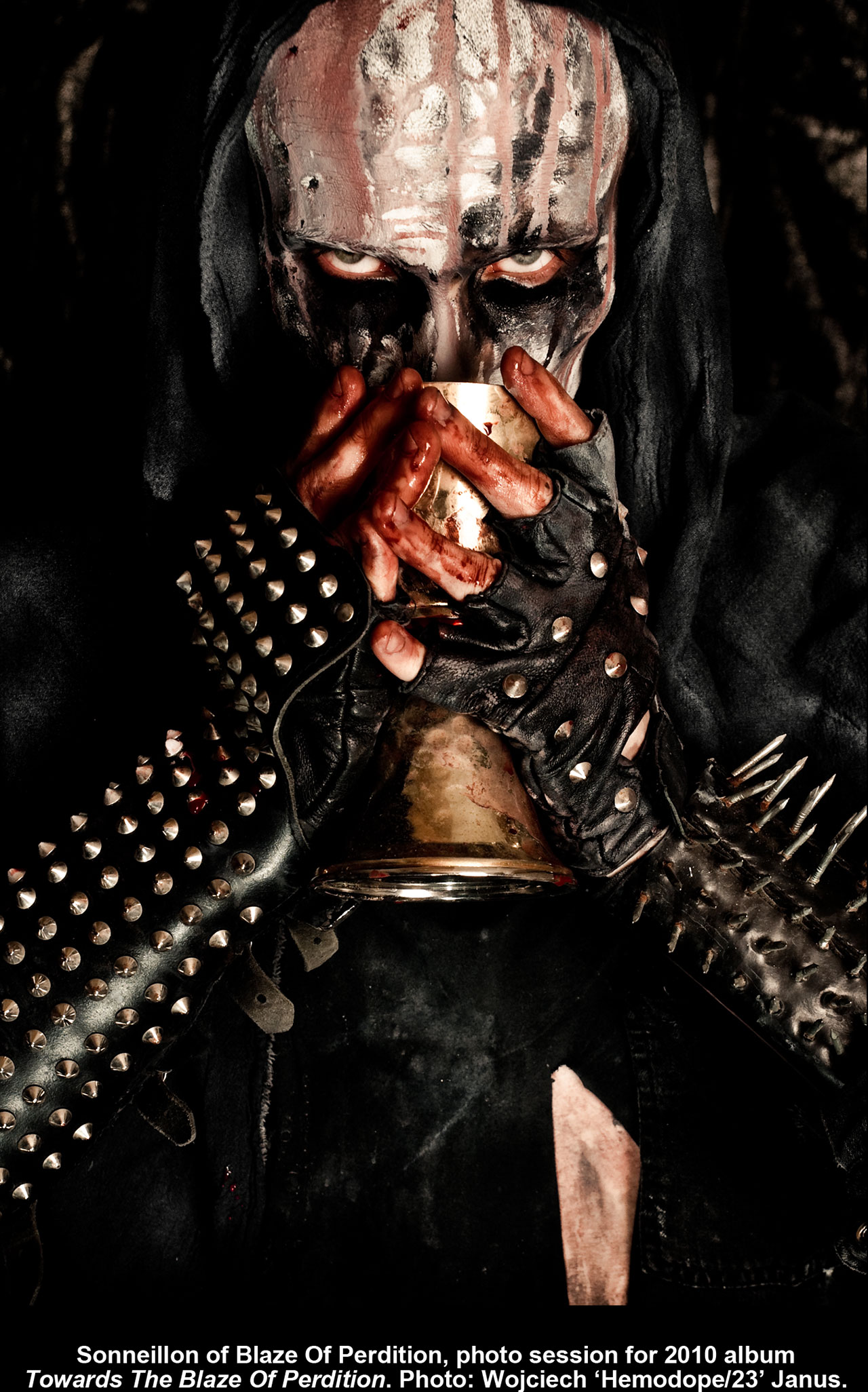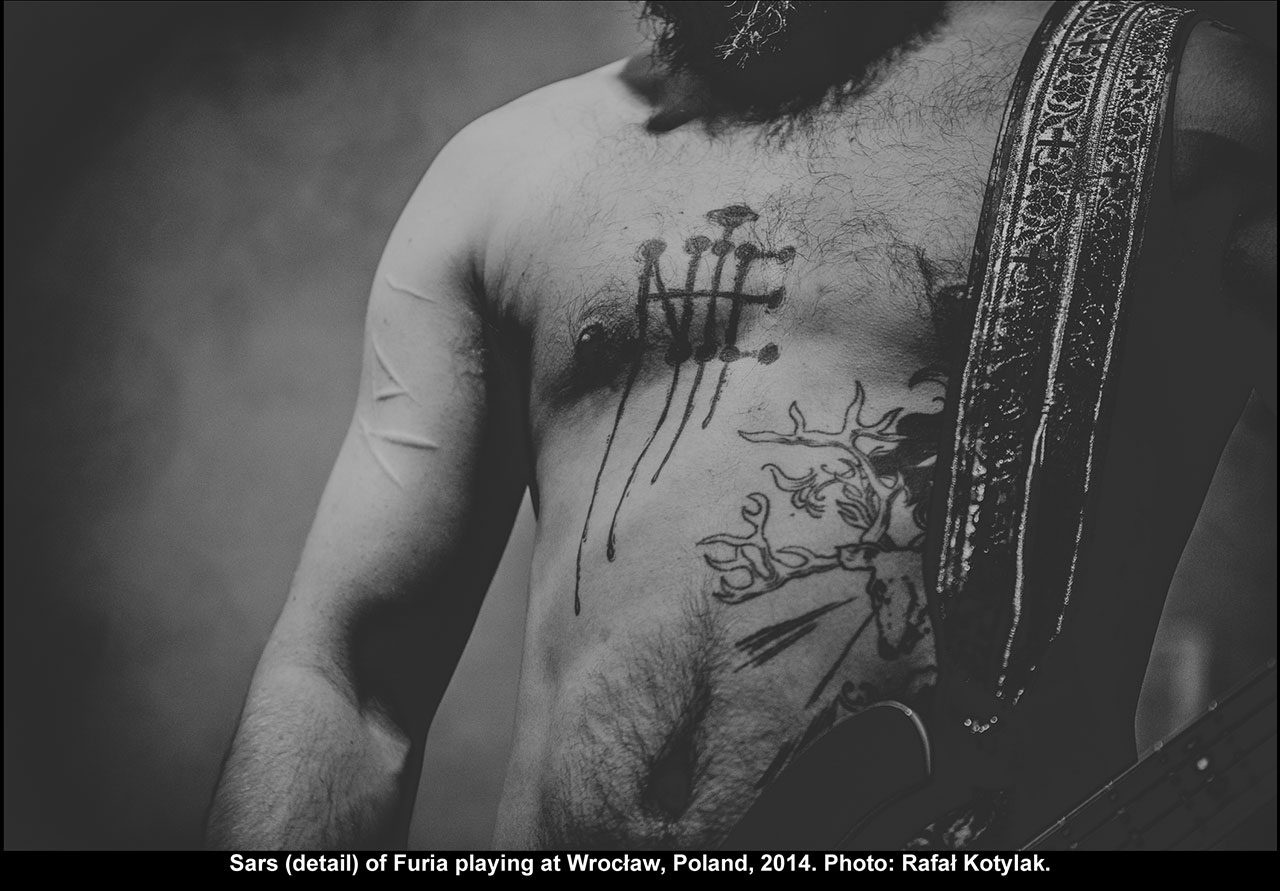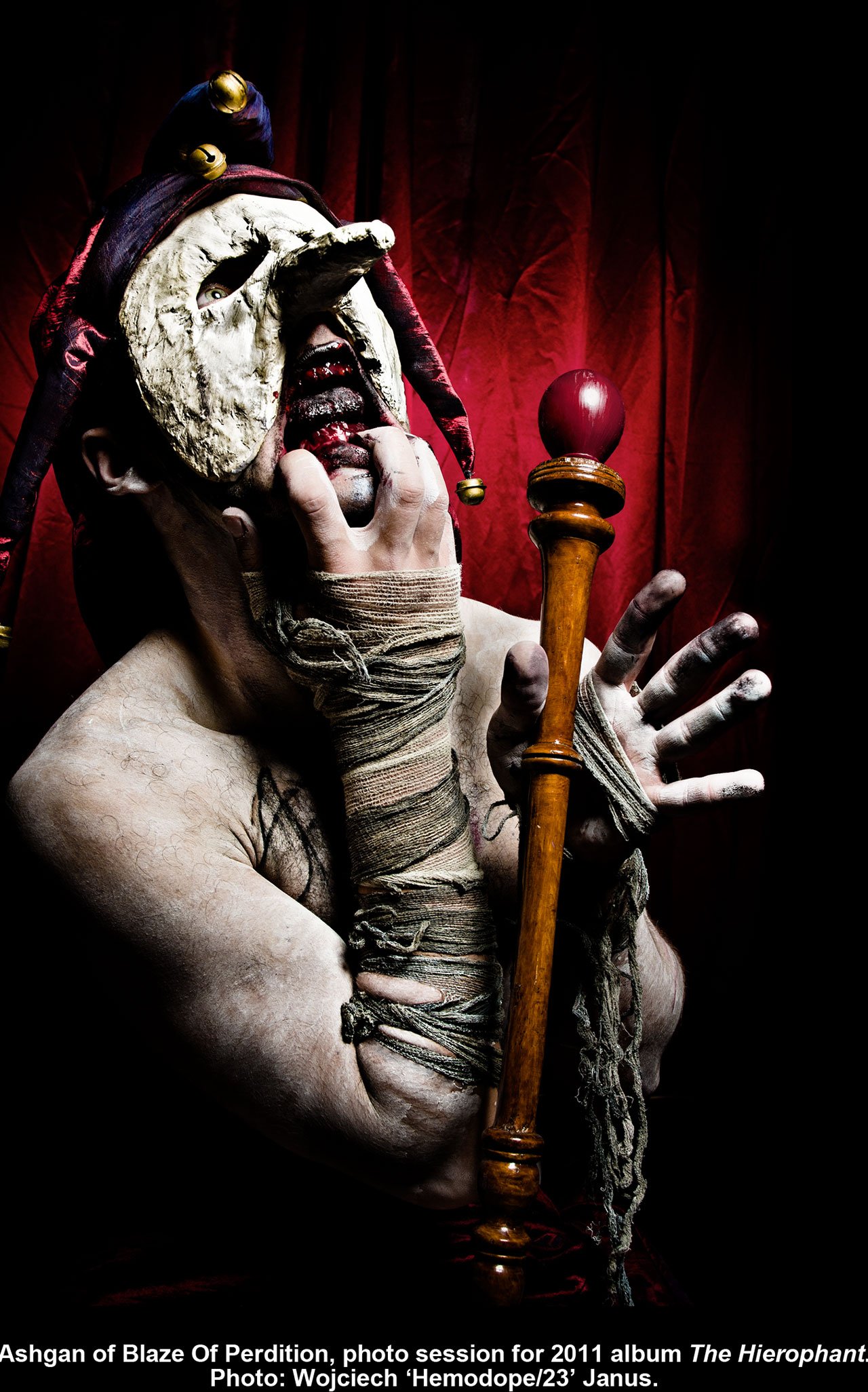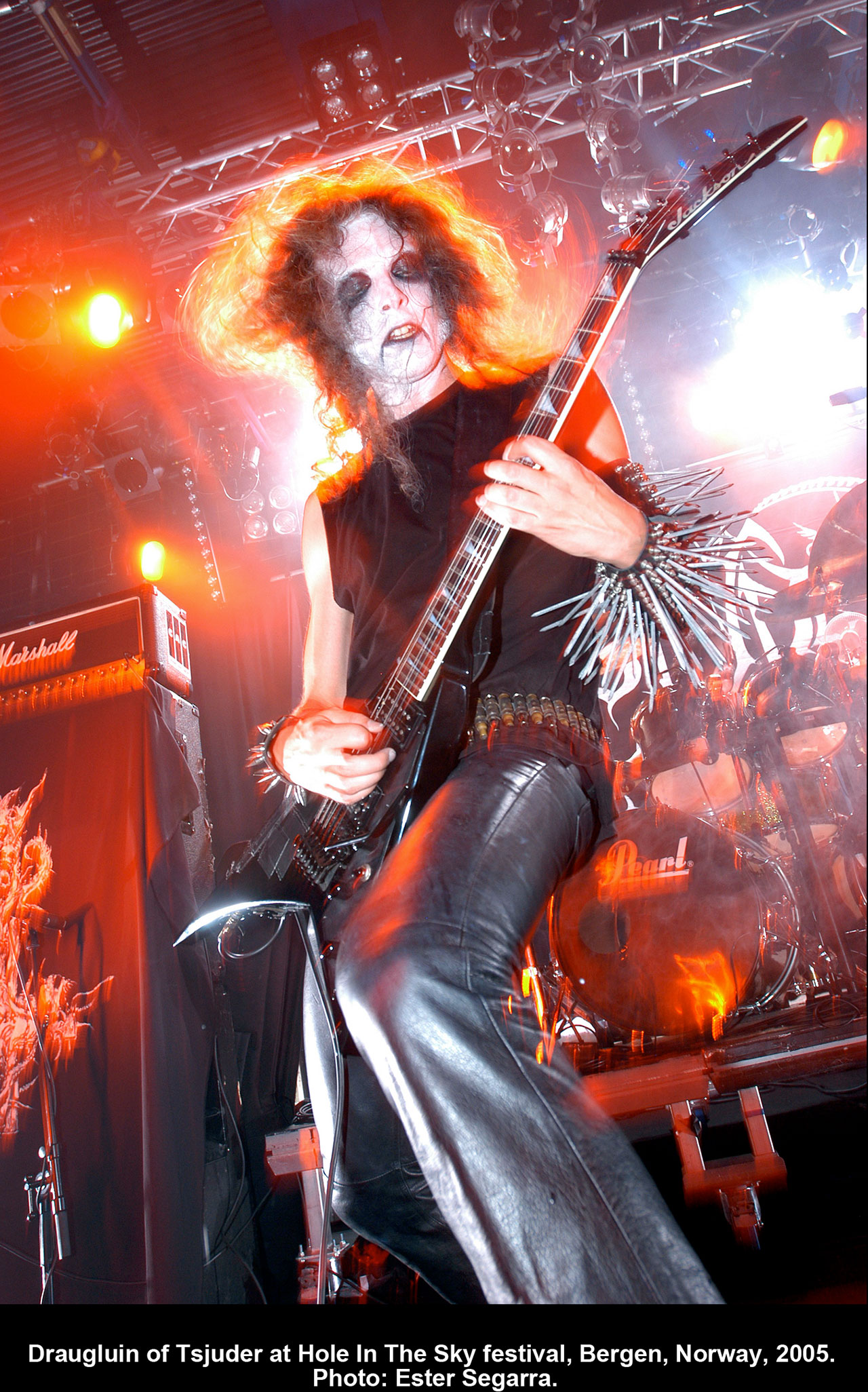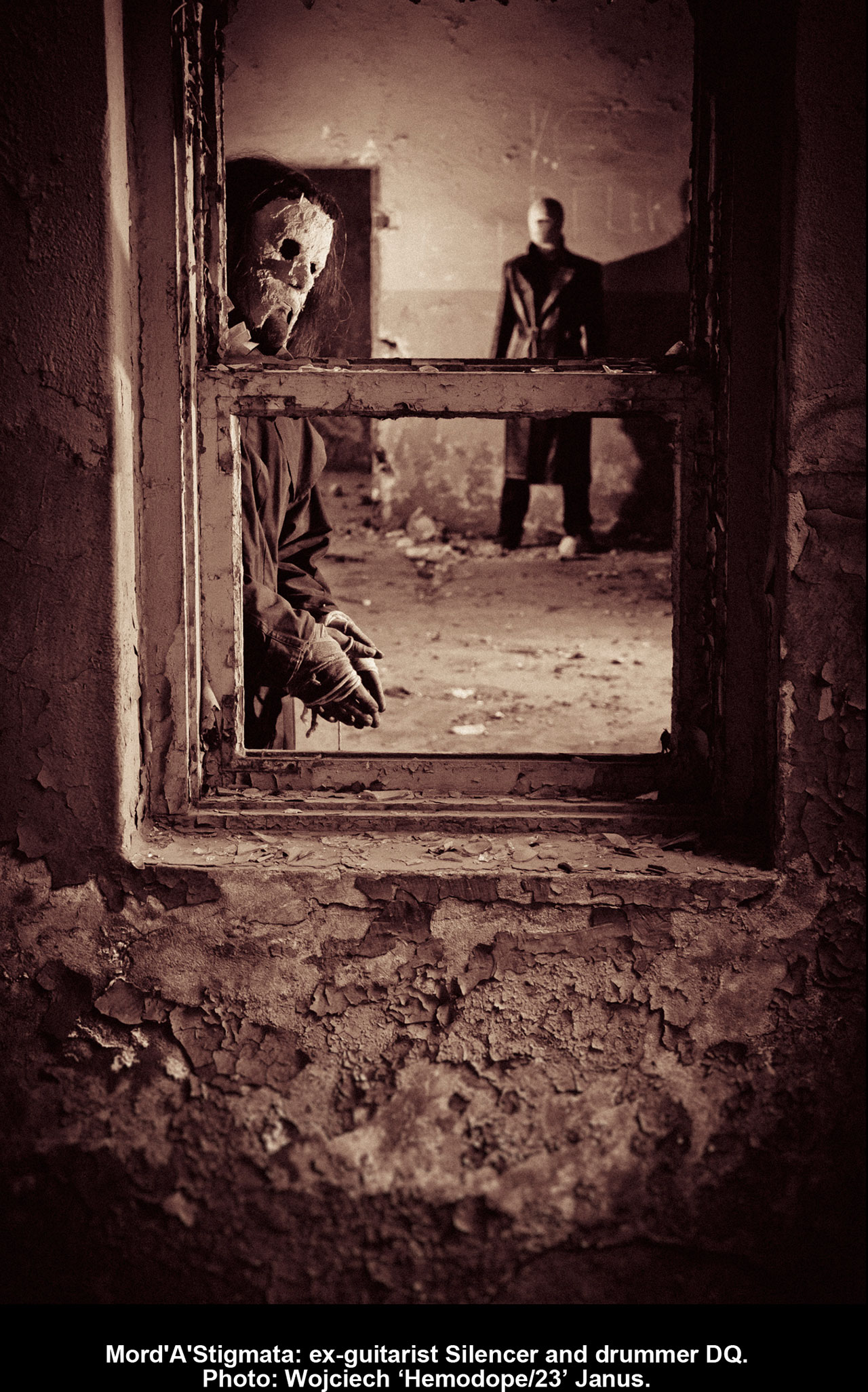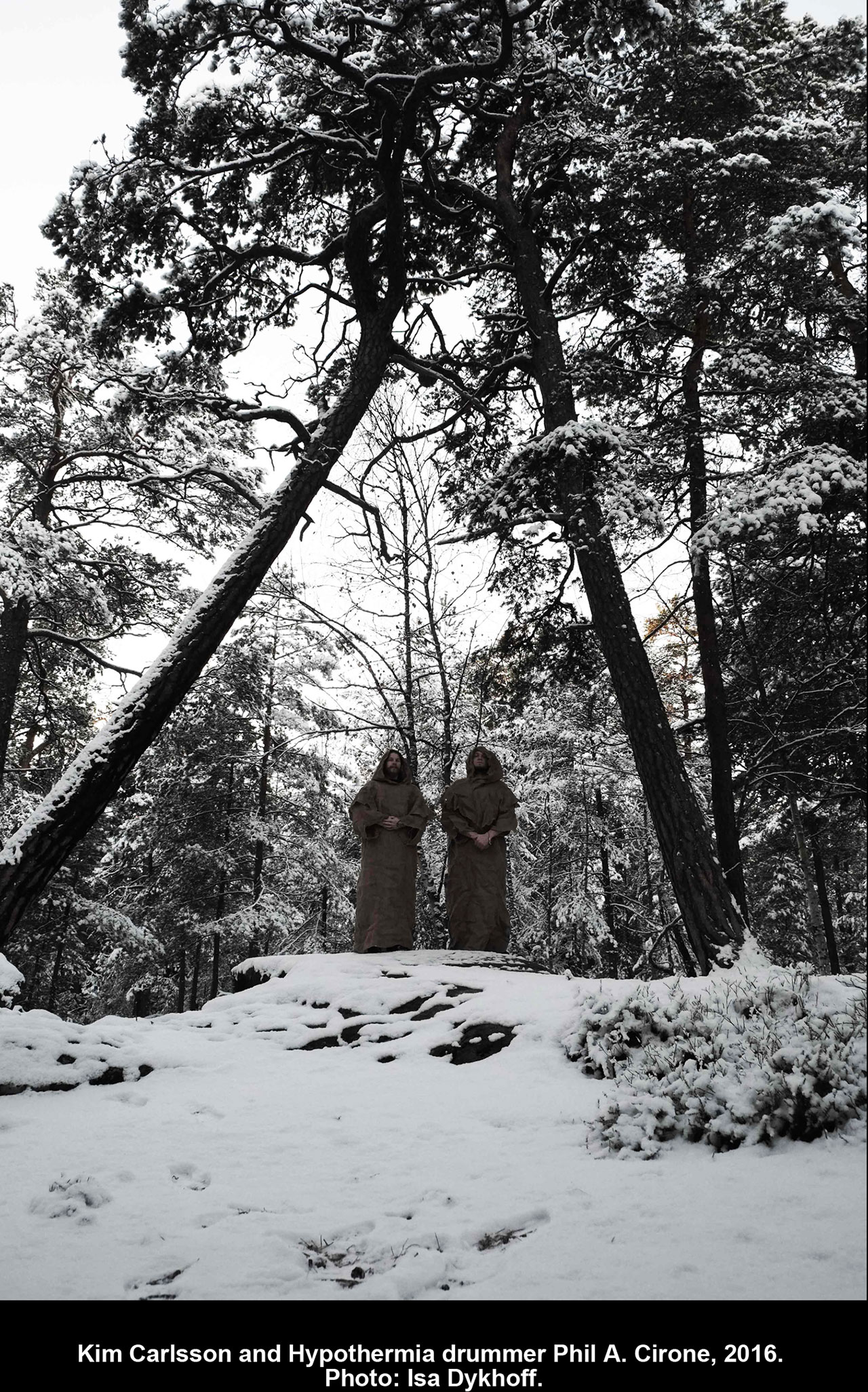The latest in a series of volumes that began with the widely praised Black Metal: Evolution Of The Cult, Black Metal: Into The Abyss is a continuation of Metal Hammer scribe Dayal Patterson’s mission to offer the definitive story of the most revolutionary and philosophically fearsome of metal subgenres.
Presented fanzine-style, both in terms of layout and Q&A format, Into The Abyss presents exhaustive and revealing interviews with 21 prominent bands, including 1349, Tsjuder, Helheim and Urgehal. Available as a standalone tome, and as a limited edition box set featuring an exclusive photo book, patch, art prints and a numbered certificate, it’s getting a special, free-entry launch this Thursday, June 30 at the Black Heart in Camden, alongside an art exhibition by famed logo designer Christophe Szpajdel and UK artist Billie Webster.
Below we speak to Dayal about his latest tome, hidden histories, and the special bond between black metal and art…
How does Into The Abyss fit into the wider narrative you started with Evolution Of The Cult?
“Evolution Of The Cult is very much the foundation for this entire book project and really focused on looking at how black metal first came into existence during the 80s and how it evolved during the 90s into what we recognise the genre to be today. For that reason, the bands that were interviewed at length tended to be groups that had either been profoundly influential on the many bands that followed (for example, Hellhammer, Blasphemy, Master’s Hammer, Mayhem and Darkthrone) or illustrated one of the man musical extremes the movement went into (folk black metal, industrial black metal, depressive black metal etc). I think that book did a really good job of telling the story of how black metal came to be – if I do say so myself – but there are so simply far more interesting black metal bands than you can fit in one book, and before I finished writing Evolution… I realised that I would need more space to tell the story because a lot of the bands I wanted to speak to – even some fairly big bands such as Satyricon – could only be mentioned in passing.
“The two sequels – last year’s Black Metal: The Cult Never Dies Vol. One and the new book have allowed me to do just that and let me speak to groups such as Helheim, Tsjuder, Sacrilegium, Xantotol, Kampfar, Bethlehem, Silencer, Strid, Urgehal, Hypothermia, Arkona, Nocturnal Depression, Vemod, Mgla, Forgotten Tomb, Manes, Wardruna and so on. I would say of the two sequels, the first led more toward telling a wider story and continuing the narratives of Evolution, whereas the new book is perhaps more personal, with each chapter being essentially a direct and candid conversation regarding the music and philosophies of the band in question.”
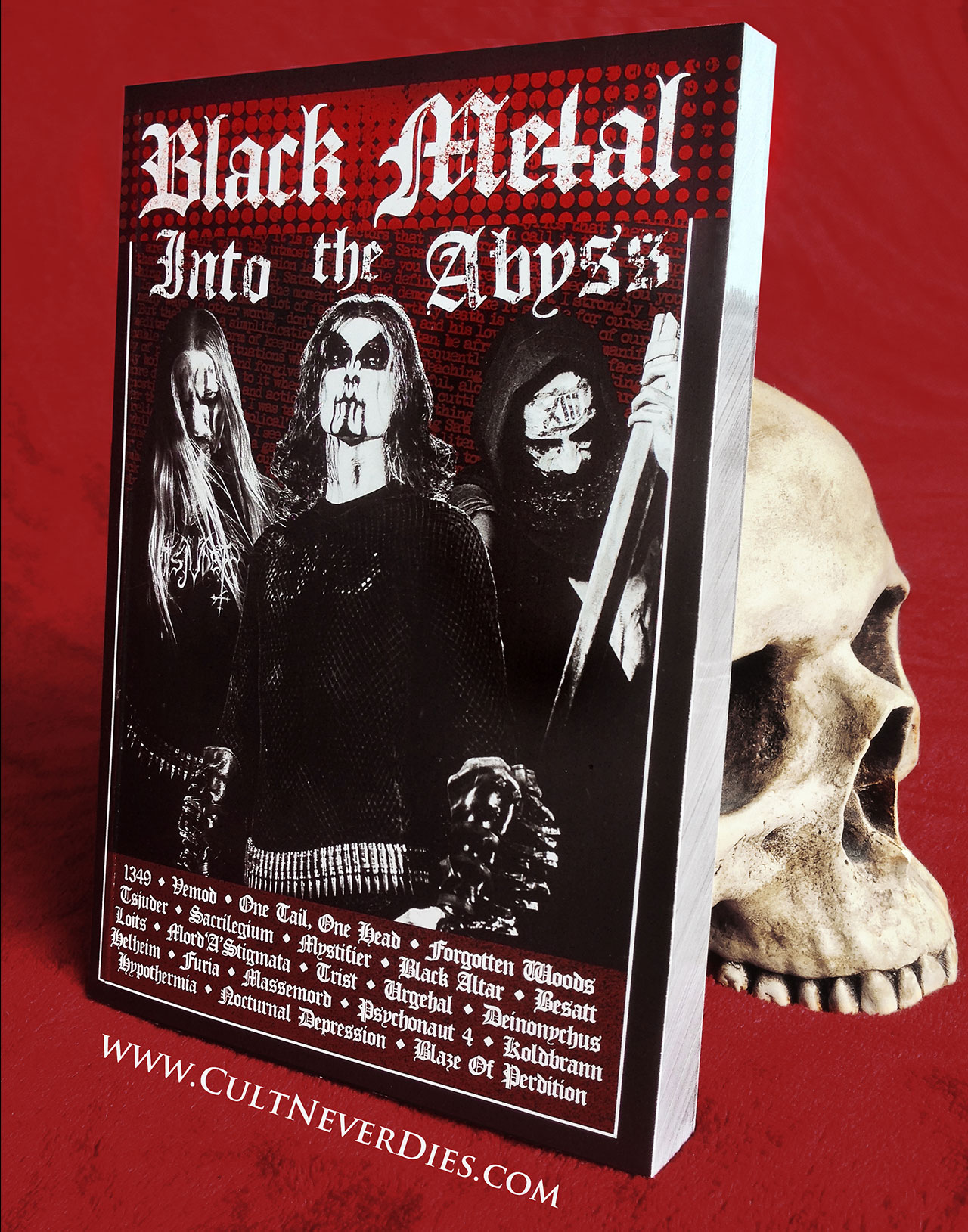
You have a range of bands in the book: classic orthodox bands, more progressive bands such as Vemod and really primal bands like Mystifier. What was your criteria for choosing which bands went into this particular volume?
“The overall aim of this book and The Cult Never Dies Vol One was to look at the Norwegian black scene and the Polish scene in more depth as well as exploring the depressive black metal/DSBM [Depressive Suicidal Black Metal] movement. That was the main factor in deciding on the bands featured, although the new book’s looser zine-style format allowed space for other groups, i.e.: Mystifier from Brazil and Loits from Estonia. I am trying to work methodically and dedicate time and space for each important scene and subgenre within black metal. Although I’m taking a bit of a break, I did already begin work on the next book in the series which will look at entirely new areas of interest, one example being the Greek black metal scene. But beyond that, I think the criteria for inclusion is that you have contributed something worthy to the movement and have something to say for yourself, however strange or extreme that might be.”
What were your biggest discoveries and personal surprises when you were compiling Into The Abyss?
“The raison d’être of these books is that they allow an unusually large amount of space and detail for each band involved and the result of that is that the people interviewed can be more reflective and talk about things they haven’t expressed in pubic before. We have a testimonies page on the website (www.cultneverdies.com) and this is something that a lot of the people involved mention themselves. For that reason I think a lot of the new book will surprise people, even fans of the bands involved, whether it be the occult/spiritual outlook of bands such as Blaze Of Perdition and Hypothermia or the struggles of bands such as Mystifier, Forgotten Woods, Nocturnal Depression or Trist or even opinions about black metal itself as expressed by bands like 1349 and Vemod.”
How far do you see this series extending in the future?
“I think this partly depends on whether I am still enjoying creating the works and whether people are still enjoying reading them, but I do see this as quite a longterm project, and so I think there will be quite a few more releases. There are over three decades worth of bands that one could potentially include and even if you just look at the very best bands in the scene, you’re still talking about hundreds of groups. I do think this is one point that people who haven’t read the books (or perhaps only read the first book) misunderstand about the whole thing – this series isn’t about me endlessly giving my theories about black metal, it’s rather a growing collection of stories from the people that made it happen.”
You have a book launch at the end of June, along with exhibitions by Christophe Szpajdel and Billie Webster. How have these artists contributed to the canon of black metal, and can you see any further volumes planned focusing on the aesthetics of the movement?
“Christophe Szpajdel is possibly the most important designer in underground/extreme metal culture and his logo designs for the likes of Emperor, Moonspell, Graveland and Falkenbach have had a huge impact, not least because so many younger logo designers are clearly inspired by him. Combining a book launch with an exhibition of his work and also that of Billie Webster – a young UK artist whose work is inspired by mythology, memento mori and metal – I think will create an enjoyable and memorable (and free) event for visitors. Visual art is something I really feel passionate about (after all, I began working as a photographer before I became a writer) and is something that is sometimes undervalued within metal culture I feel. Both of the black metal books released on the publishing house I helped set up, Cult Never Dies, are available with additional photo books and art prints and we will soon be publishing books that go further into celebrating the work of photographers and artists in the scene, including David Thiérrée, a ridiculously talented French artist who began illustrating covers for the likes of Behemoth before moving into a more folk/fantasy direction, that nonetheless sometimes reflects his black metal background. Within Cult Never Dies we also release official and exclusive shirts we have released for the likes of Ulver, Rotting Christ, Beherit and so on, so that is also clearly a link to the visual side of things and this aspect is only going to expand as we move forward.”
Check out Dayal’s Black Metal series Facebook page here
And pre-order Black Metal: Into The Abyss as well as Dayal’s other volumes and other merch here!
